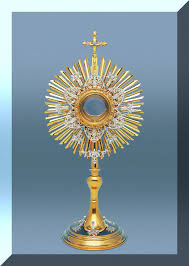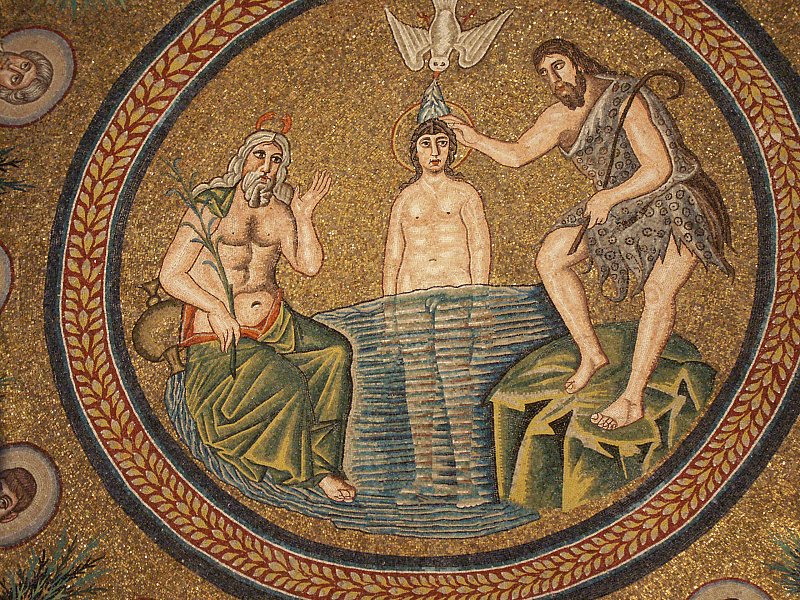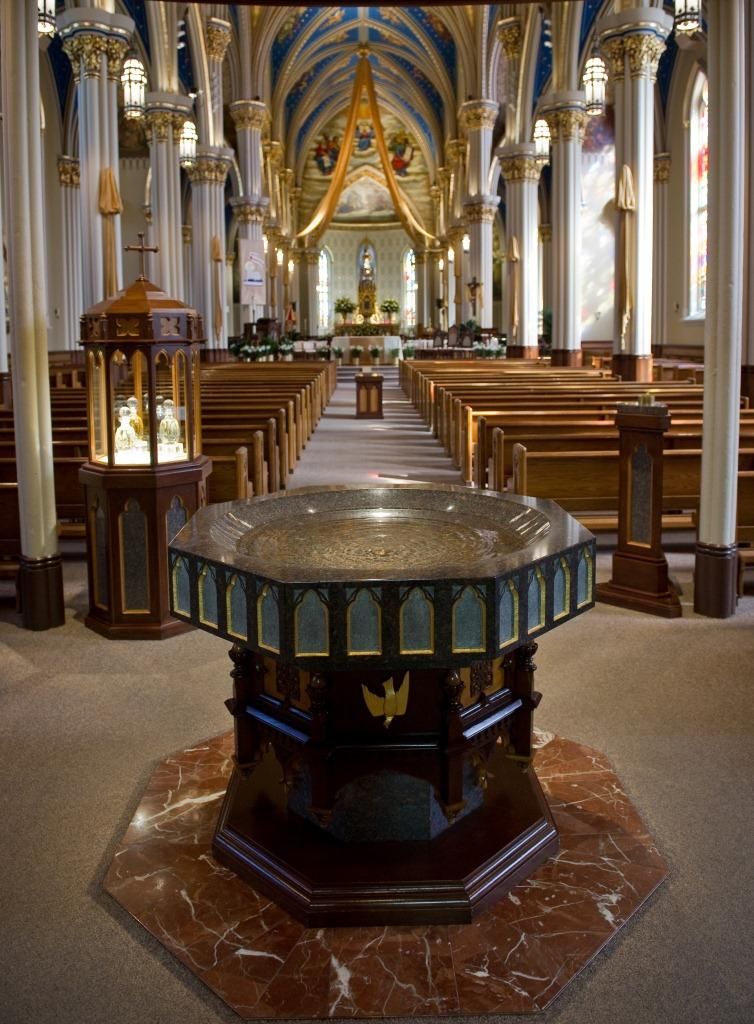Services at St Michael and All Angels (refer to smlcc.com.au for times)

Sunday 3 February, The Presentation of Our Lord
In the Temple (Candlemas)
Colour: White
Intent: Steadfastness and Diligence
Sunday 10 February. 6th Sunday after The Epiphany
Colour: Green
Intent: Watchfulness
Sunday 17 February, Septuagesima
Colour: Red
Intent: The gift of wisdom
Sunday 24 February, Sexagesima
Colour: Red
Intent: The Holy Spirit as Sanctifier
Reflections on the Baptism of our Lord and Candlemas
The first half of our church year unfolds with the major festivals of Christmas (Nativity of our Lord), Baptism of our Lord, the Transfiguration, Candlemas, the Easter festivals and Ascension Day.
The symbology of these festivals sets out a gradual Christian Path for those wishing to deepen their spiritual experiences. This Path ultimately leads to Union with God, and although that may appear a long way off from where we see ourselves now, it represents an aspiration – an aspiration that we express as we say together during the Confiteor in the Eucharist:
“…. our hearts are ever restless till they find they find their rest in thee.”
The Epistle and Gospel read at the Baptism of our Lord (15 January) refer to the deep spiritual connections that accompany Jesus Christ on his own earthly journey [Isaiah 11:1]:
“There shall come forth a rod out of the stem of Jesse and a branch shall grow out of his roots.”
Like any aspirant on the Path, it was necessary even for Jesus to conform to carefully laid out stages of spiritual growth (including baptism) and the unfoldment of His inner divinity [Matthew 3:15]:
“Suffer it to be so now; for thus it becometh us to fulfil all righteousness.”

Baptism of Our Lord - Arian Baptistry, Ravenna
On the Sunday following the Baptism of Our Lord (3 February) the Festival of Candlemas (the Presentation of Our Lord in the Temple), with its Procession of the Consecrated Host, symbolises and commemorates the coming of Christ into the presence of the Father.
On the 13th February we recall and celebrate the 103rd anniversary of the founding of the LCC and special insights and inspiring messages that the founders offered to the Christian world, messages that we can all revisit to gain inspiration. I recommend the LCC “Statement of Principles and Summary of Doctrine” to all members our church as a powerful starting point or opportunity for regalvanising our own journey on the Christian Path.
One of our LCC leaders and an inspirational writer was Bp Sten von Krusenstierna. His series of writings on the early influences on Christianity that flow through to our church today is entitled “The Christian Mysteries”. In the section headed “The Liberal Catholic Rite” (p23) Bp Sten writes about the meaning and significance of service of Baptism in our LCC Liturgy and its connection with rites of the ancient Mystery Schools. He gives us a direct and personal insight into the experience of Jesus as he was baptised by John. The procedural details in our Liturgy do not mirror the New Testament description of John’s baptising of Jesus in the Jordon River. In spite of this, the larger picture of Jesus travelling correctly on his spiritual Path and our own entry into the LCC by our personal experience of Baptism are identical in process.
On Sunday 17 February (Septuagesima) one of our Southport congregation, Cathy, will be baptised. This will be an “Adult Baptism”, which differs in some respects from
the baptism for infants and children, but all the essential components for an LCC baptism are included. In the LCC we follow the ancient tradition of having the baptismal font at the entrance to the church (the West). This is both a symbolic and an actual reality where the candidate enters the church from the west, is baptised and then journeys towards the East into the body of the church to become part of the “family of Christ” with the existing church members.

Baptismal font, Notre Dame, Indiana, USA
The sequence of spiritual actions that make up the baptism sacrament proceeds with: the Exorcism, which clears and purifies the immediate environment and positively influences the candidate’s body, soul and spirit; activation of the energy centres (sometimes call chakras) using the “oil of catechumens”; invoking of a nature-spirit called a sylph to be a constant and integral part of the candidate, acting as the equivalent of we might think of as a Guardian Angel.
At this point all is prepared for the actual baptism which consists of pouring specially prepared baptismal holy water three times over the head and forehead of the candidate. For very small babies this is sometimes a trial as such candidates express differing degrees of enthusiasm to having cold water applied to their heads! To conclude the baptismal sacrament, the energy centre at the top of the head, sometimes called the gateway, is anointed with the “oil of sacred chrism”. Then the baptised “neophyte” is formerly received into the “fellowship of Christ’s holy church” with a small cross on the brow. A white vesture (cloth) and a lighted candle are presented to the neophyte, representing the purity and light of Christ’s blessing enacted through the baptismal ceremony.
This is a happy time for friends and family of the candidate to enjoy this special step along the Christian Path enacted in the baptism sacrament. I welcome all who would like to attend and support Cathy on her spiritual journey.
With God's blessing

|
|